Utilizing Pickled Vegetables in Czech Festive Menus
12 min read Explore creative ways to incorporate pickled vegetables into Czech festive dishes for authentic and flavorful celebrations. June 26, 2025 00:05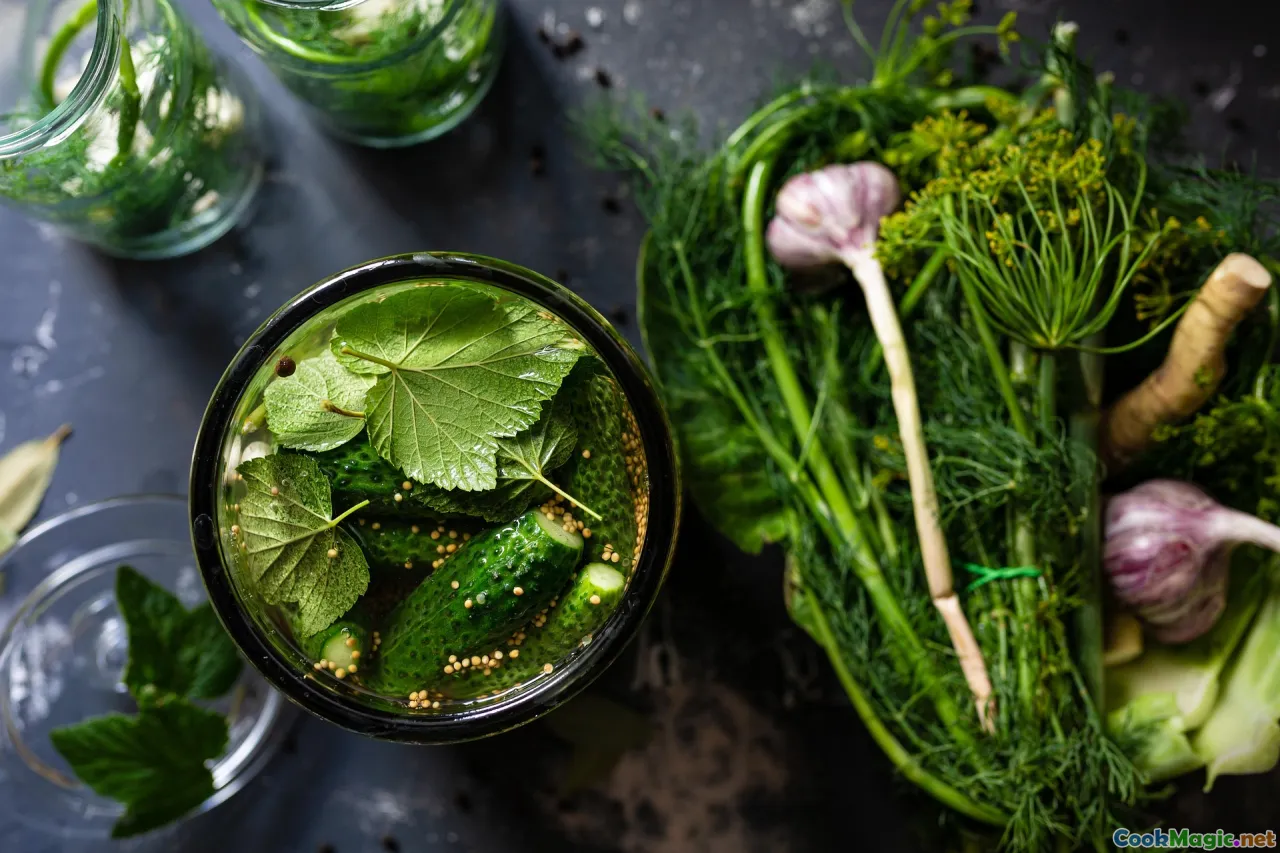
Utilizing Pickled Vegetables in Czech Festive Menus
In the bustling heart of Central Europe, Czech cuisine embodies a harmonious blend of rustic tradition and refined flavors. During festive seasons—Christmas, Easter, and local village celebrations—the aroma of pickled vegetables wafts through the air, evoking warmth, nostalgia, and a sense of community. These vibrant ferments, steeped in centuries of cultural history, transcend their humble origins to elevate Czech festive menus into extraordinary culinary experiences.
In this exploration, we delve into the art of incorporating pickled vegetables into Czech holiday feasts, unveiling not only recipes and preparation techniques but also sharing stories that connect us to centuries of Czech tradition. Whether you are a home cook eager to bring authentic flavors to your table or a culinary enthusiast seeking new inspiration, discover how pickled vegetables can add depth, color, and storytelling to your festive menus.
The Cultural Significance of Pickled Vegetables in Czech Tradition
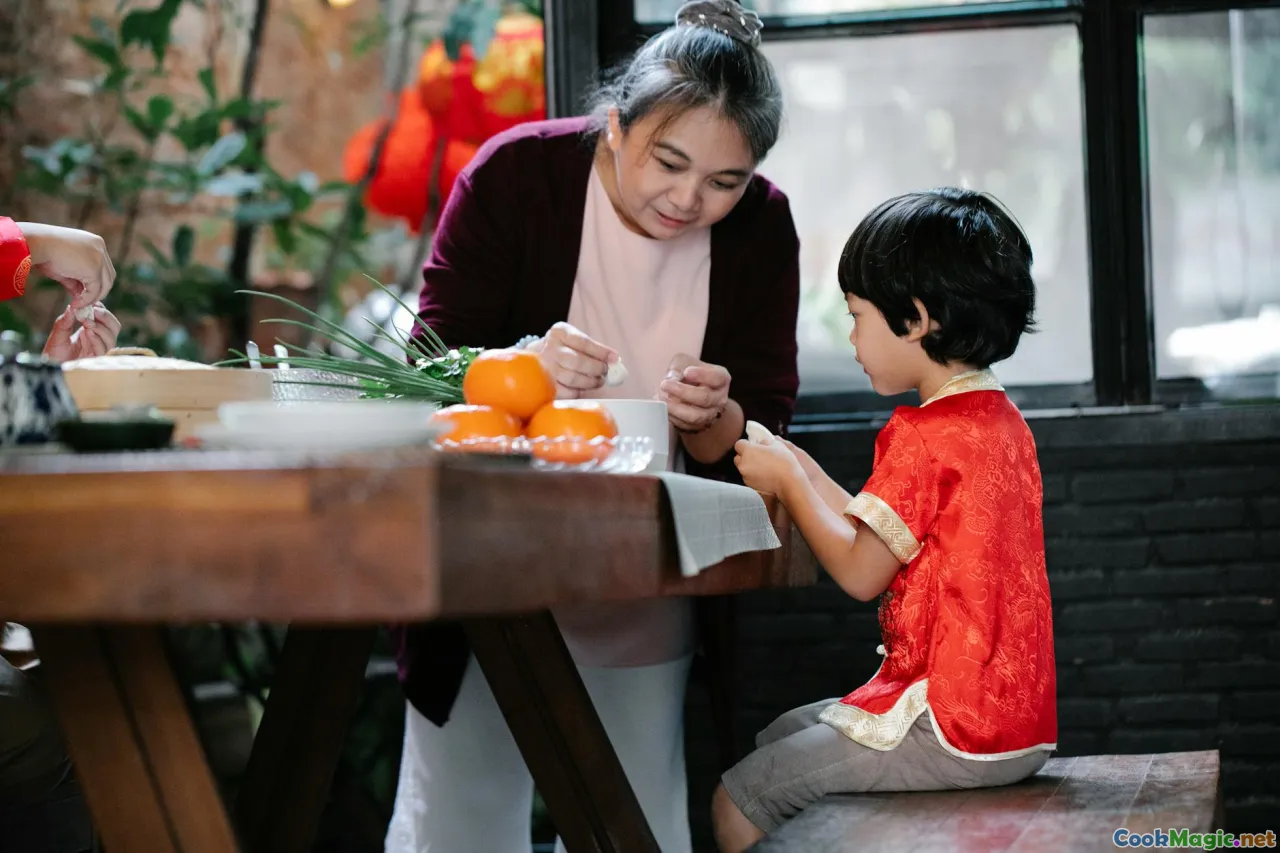
Pickling in the Czech Republic dates back centuries as a practical method to preserve garden harvests for the long winter months. The vibrant jars of fermented cucumbers, cabbage, carrots, and peppers not only supply nutrient-rich foods but also serve as symbols of resilience and resourcefulness. These preserved vegetables are woven into the fabric of Czech cultural identity—they are the silent witnesses of family gatherings, community feasts, and religious holidays.
During Christmas, a jar of home-pickled cucumbers, known as "nakládané okurky," often graces the table, its crispness and tang harmonizing with roasted meats and hearty stews. Easter brings an abundance of pickled eggplants and mixed vegetables, serving as flavorful side dishes and appetizers. Through generations, recipes have been passed down—each family imbibing their own twist, sharpened by tradition yet adapted to modern palates.
Personal insight: I recall visiting a small Moravian village where Mrs. Horáková’s cellar was a treasure trove of pickles—each jar labeled with meticulous care. The scent of fermenting cabbage and the sight of colorful vegetables shimmering in vinegary brine evoke an emotional connection to Czech history and communal identity.
Choosing the Right Vegetables for Festive Pickling
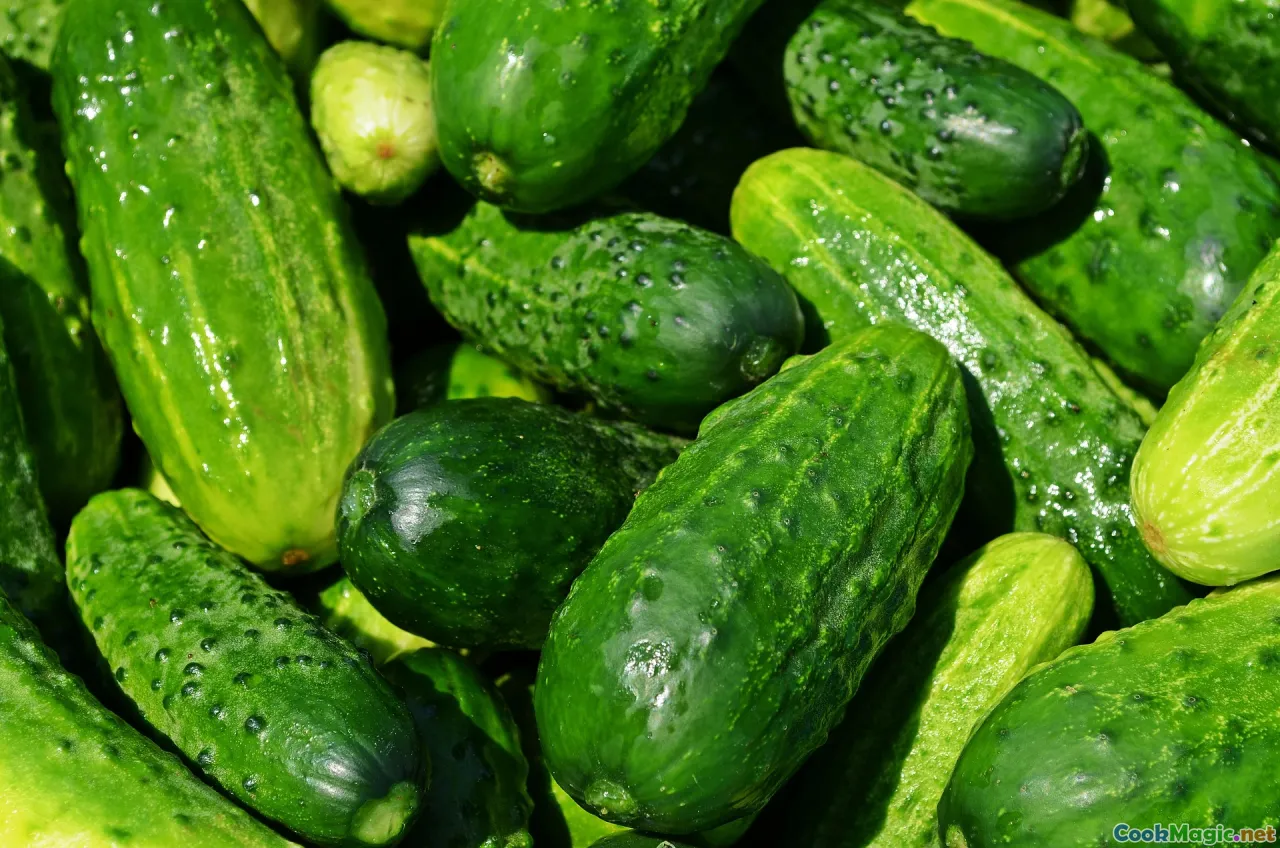
Selecting the optimal vegetables is crucial to crafting flavorful, festive pickles. Czech pickling tradition emphasizes freshness, quality, and respect for seasonal flavors.
Core Ingredients
- Cucumbers: Typically the star, Czech cucumbers are smaller, crunchy, and have a mild bitterness—perfect for crisp, tangy pickles.
- Cabbage: White or red, sliced thick for traditional "sedlácké" (peasant-style) kraut or thin for kimchi-like ferments.
- Carrots: Their natural sweetness balances acidity and adds color.
- Bell Peppers & Chili Peppers: For richer, more complex flavors and a touch of spice.
- Onions & Garlic: Aromatic essentials that induce warmth.
- Cauliflower & Broccoli: Less traditional but increasingly popular for festive platters.
Extra Tips
- Use vegetables harvested at peak ripeness for maximum flavor.
- Ensure vegetables are thoroughly cleaned and drained before pickling to prevent spoilage.
- Consider blending vegetables—like cucumbers with carrots—for textured variety.
Personal Tip: When I visited a family farm in South Moravia, I learned that heirloom vegetables, especially those grown organically, impart unique flavors and textures to the pickling process, making each jar a delicious story of local soil and climate.
Traditional Czech Pickling Techniques and Modern Twists
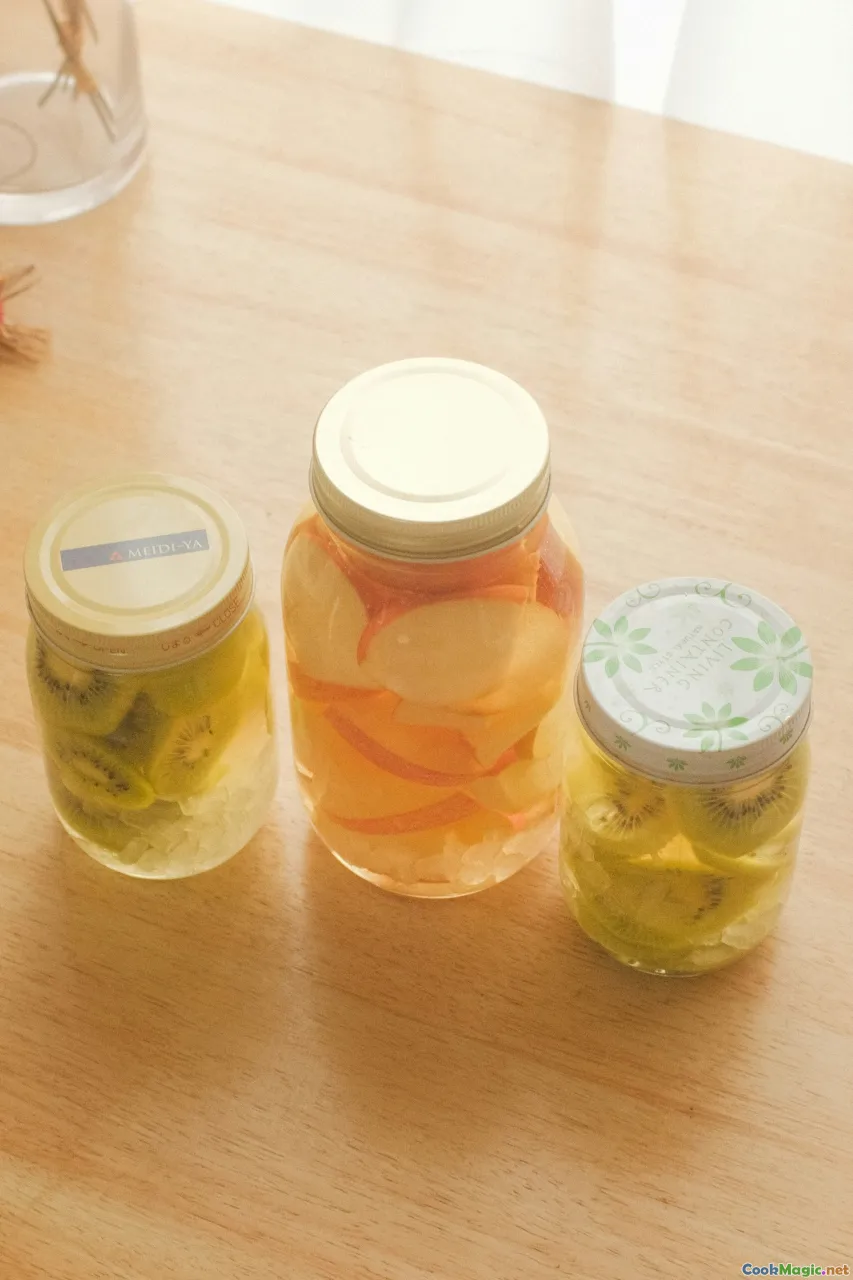
Authentic Czech pickling is an art form rooted in simplicity and patience. Traditional techniques revolve around using large stoneware or glass jars, minimal additives, and natural fermentation—relying on wild lactic acid bacteria to ferment vegetables over weeks.
Traditional Method
- Prepare vegetables by slicing or whole, as appropriate.
- Salt vegetables lightly and pack firmly into sterilized jars.
- Add herbs (dill, bay leaves, peppercorns) and garlic.
- Cover with a brine (water mixed with salt or vinegar), ensuring vegetables are submerged.
- Seal jars and let ferment at room temperature, then store in a cool cellar.
Modern Variations
- Incorporating Vinegar: For predictable results, especially around festive deadlines, some prefer vinegar-based pickles.
- Flavor Experimentation: Adding slices of horseradish, mustard seeds, or pickling spices creates unique flavor profiles.
- Quick Pickles: For faster results, quick process in fridge for a week or two—perfect for impromptu celebrations.
Personal insight: In recent years, I've experimented with small-batch cold-fermentation, enhancing the depth of flavor through gradual fermentation, embraced by Czech home fermenters for their artisanal touch.
Incorporating Pickled Vegetables into Festive Dishes
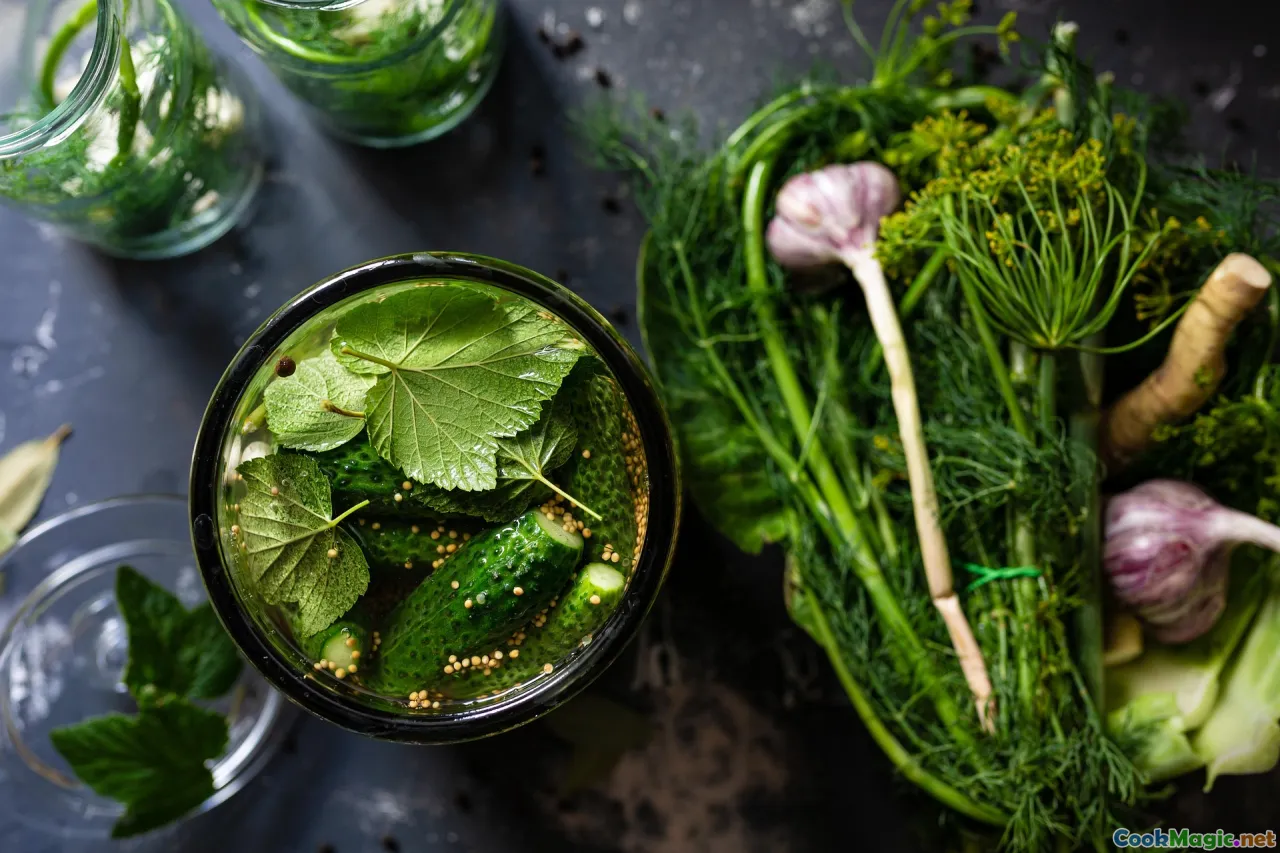
Pickled vegetables are not merely side dishes; they are messengers of Czech culinary soul, elevating festive menus with their bright acidity and crunch. Here are ways to weave them into your celebratory spread:
Classic Pairings
- Vánočka with Pickled Cabbage: Layered Christmas bread paired with fermented kraut creates a satisfying tang.
- Roast Pork with Pickled Cucumbers: The acidity cuts through the richness of roasted meats.
- Cold Platters with Pickled Vegetables: A colorful, tangy assortment for appetizer spreads.
Innovative Uses
- Pickled Vegetable Relish: Finely chopped pickles mixed with herbs, served atop gravlax or smoked meats.
- Pickle-Infused Sauces: Blending pickled peppers into creamy sauces—delicious on roasted game meats during fall festivals.
- Pickle Brine in Cocktails or Salads: The tangy brine can be a surprising ingredient to add depth to potato salads or to craft unique cocktails.
Cooking Tip: For visual appeal and flavor contrast, serve pickled vegetables on a rustic wooden board, garnished with fresh herbs and slices of hearty Czech bread.
Personal Touches and Creative Ideas for Festive Menus
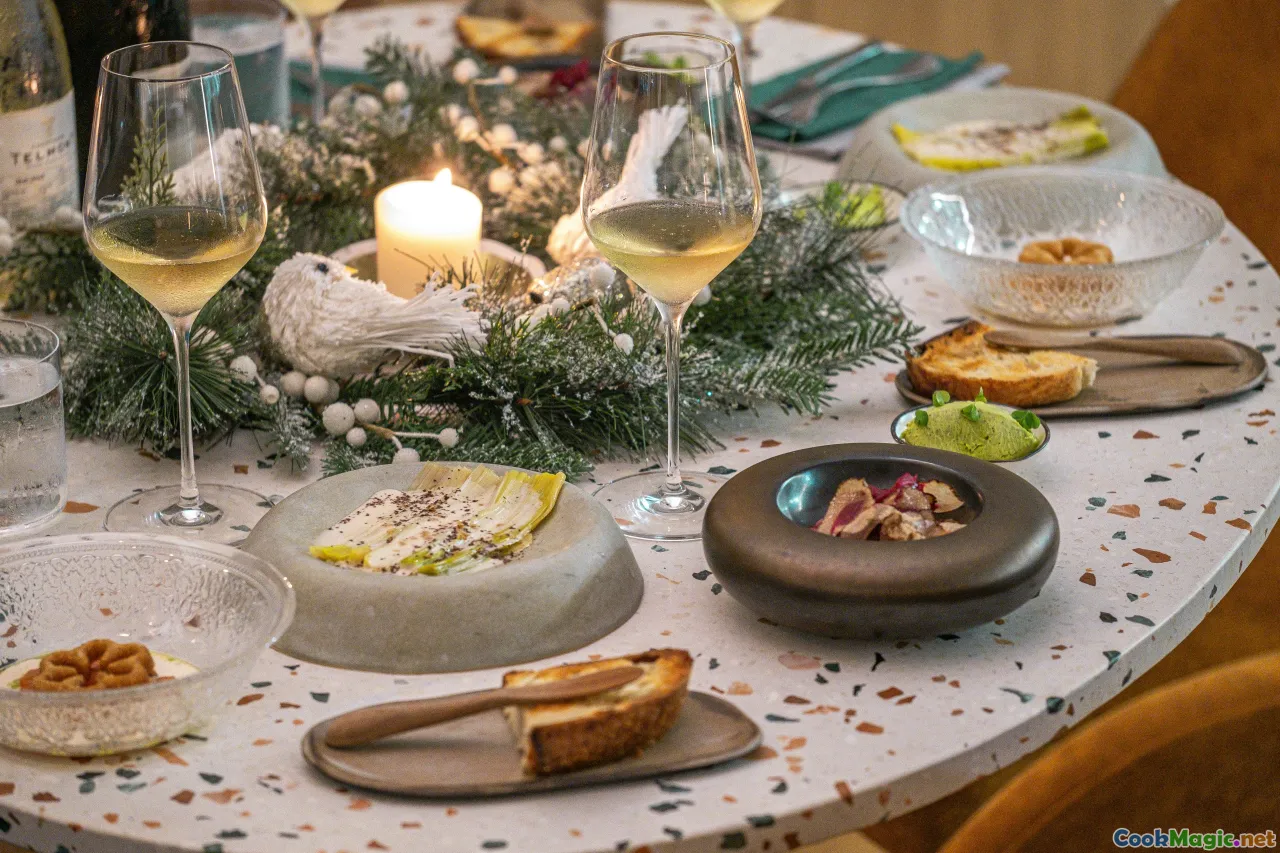
The beauty of using pickled vegetables in Czech festivities is the versatility and the personal stories they can tell. Here are ideas to make your celebrations memorable:
- Themed Pickling Stations: Set up a station with various pickles, allowing guests to customize their plates—adding humor and community spirit.
- Pickled Vegetable Soups: Incorporate fermented vegetables into traditional soups like "kapustová" (cabbage soup) for a tangy twist.
- Overnight Fermentation as a Festive Ritual: Invite family or friends to collaborate on fermenting vegetables a week before the celebration, creating a shared experience rooted in Czech tradition.
Creative Presentation: Use vintage Czech jars and pottery for serving, embracing the rustic charm and nostalgic appeal.
Tips for Perfecting and Innovating Your Pickled Creations

- Balance Flavors: Aim for a symphony of flavors—salty, sweet, sour, and spicy—to reflect the complex palate of Czech cuisine.
- Mind the Container: Use glass or ceramic—plastic can interfere with fermentation.
- Patience is Key: Authentic fermentation takes time; rushing often results in subpar pickles.
- Experiment with Herbs: Dill, bay leaves, mustard seeds—tweak quantities based on your taste.
- Label Your Jars: Note the date and ingredients for consistency.
For the adventurous, try adding a hint of Czech spirit—slivovice or herbal liqueurs—to create uniquely flavored pickled vegetables for special occasions.
The Emotional Connection of Pickled Vegetables in Festive Czech Culture
These preserved vegetables serve as edible memories—reminders of family gatherings, childhood holidays, and the solidarity that binds Czech communities across generations. The act of pickling is often a communal effort, involving laughter, stories, and the sharing of traditions. Each jar encompasses a heartbeat—a blend of seasonality, local pride, and familial love.
Imagine walking into a Czech home during Christmas, where the air is thick with the scent of garlic and dill, and jars of pickled cucumbers and kraut glisten on tables. These simple, humble foods become artifacts of festivity, capturing the essence of Czech hospitality.
In Closing
Utilizing pickled vegetables in Czech festive menus is much more than adding a tangy crunch; it’s about connecting with centuries of culinary heritage, celebrating seasonal harvests, and sharing stories that transcend generations. By thoughtfully choosing, preparing, and incorporating these elements, you transform everyday ingredients into symbols of resilience, community, and festivity.
As you explore Czech pickling traditions, remember it is an art rooted in patience, cultural pride, and love—a gift that keeps on giving, season after season, meal after memorable meal.









